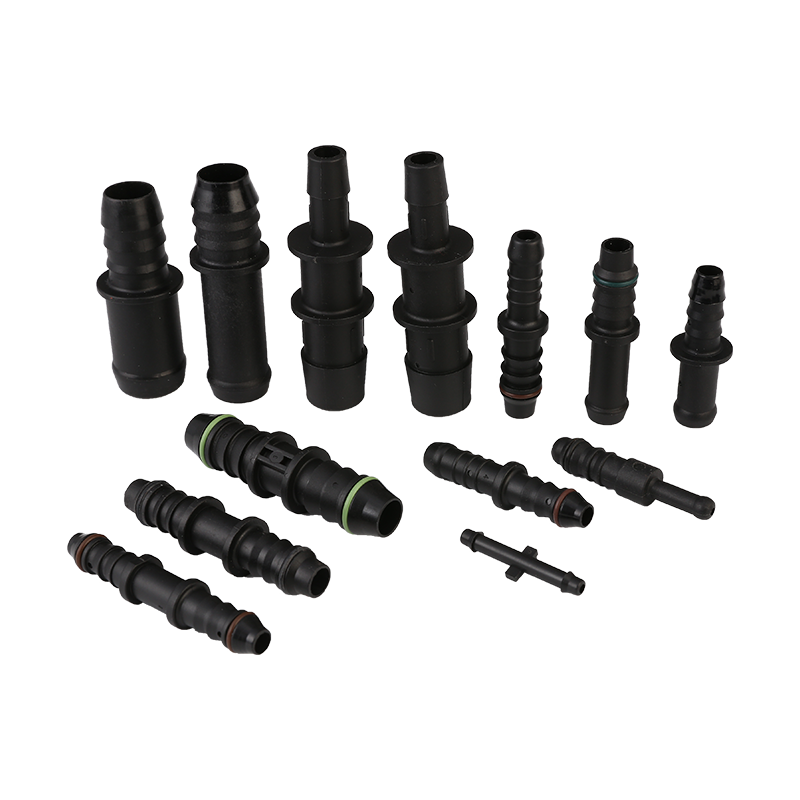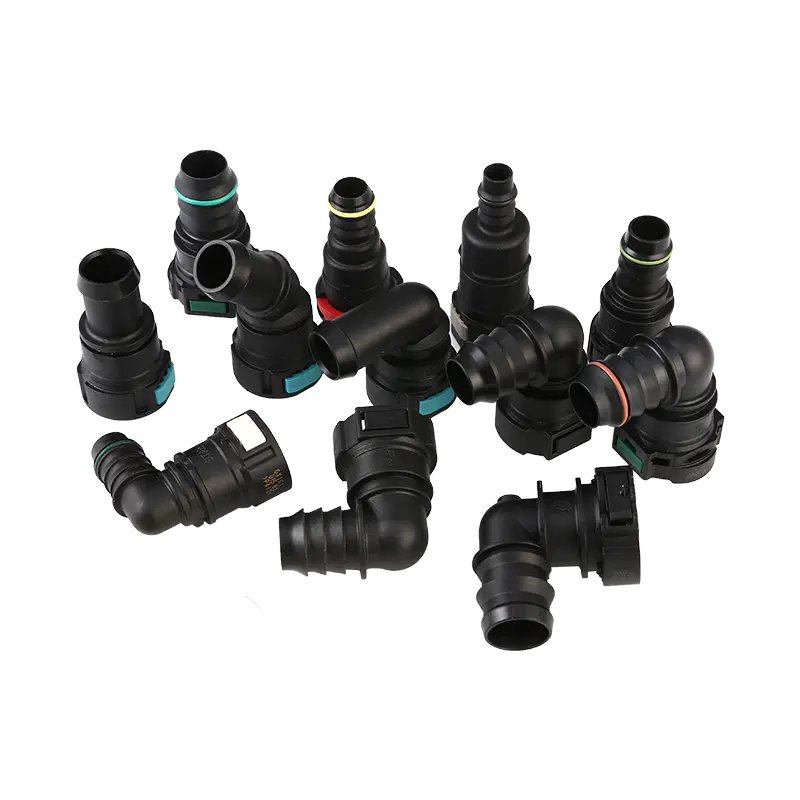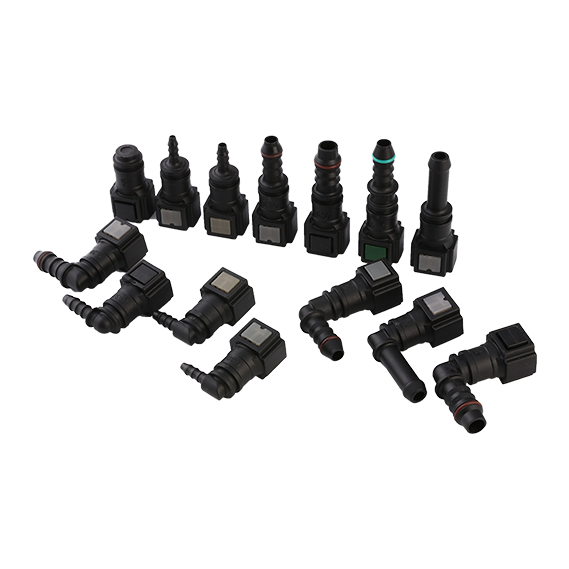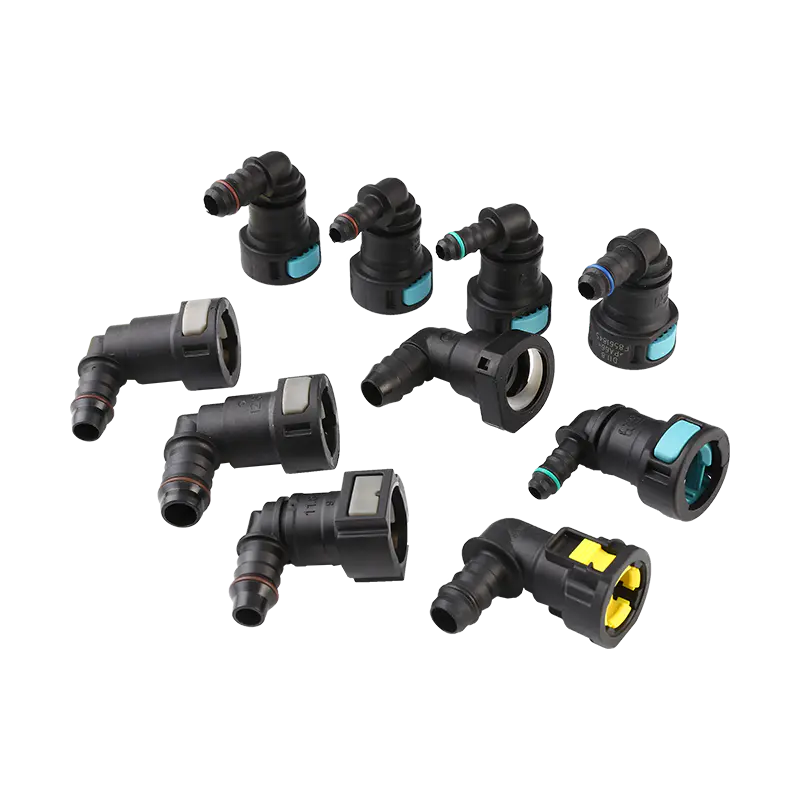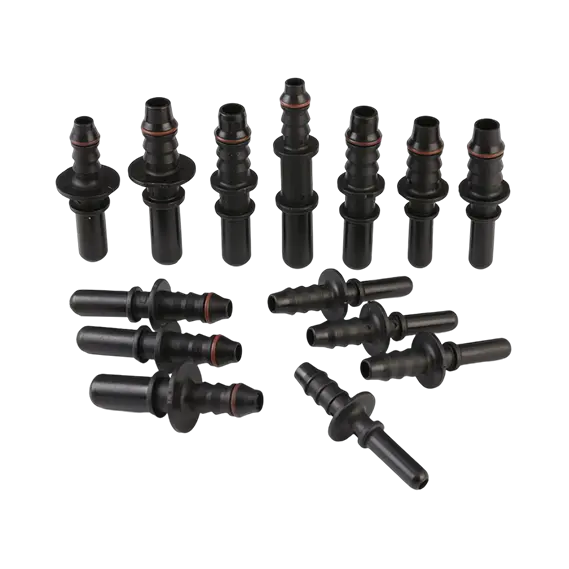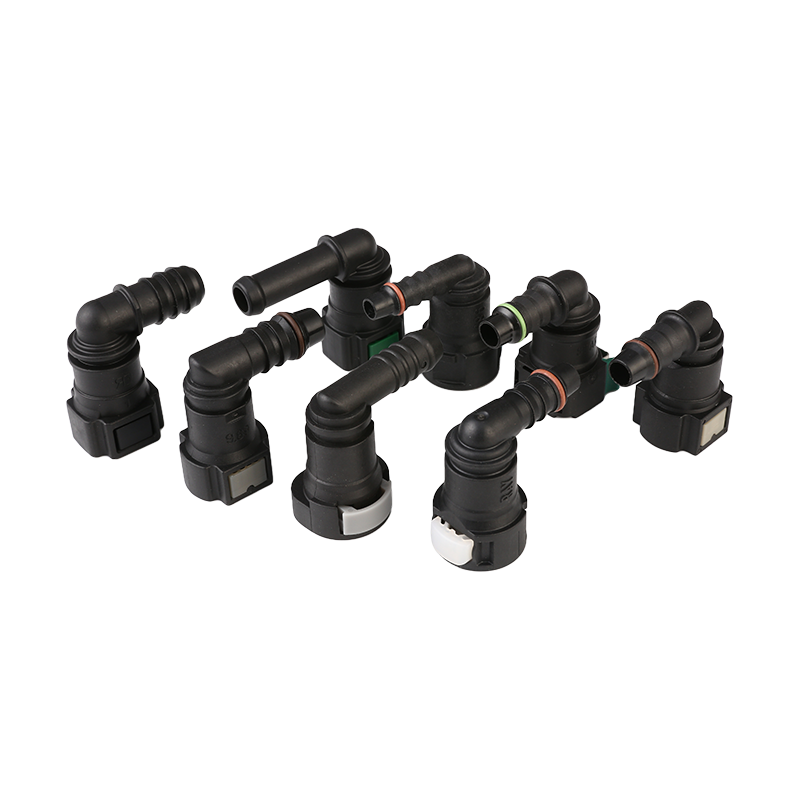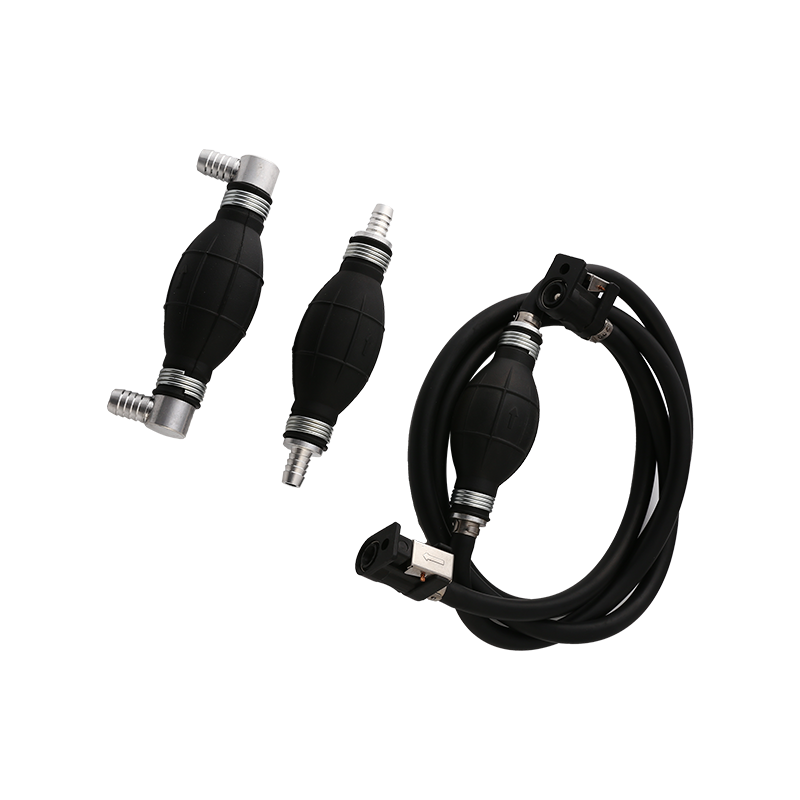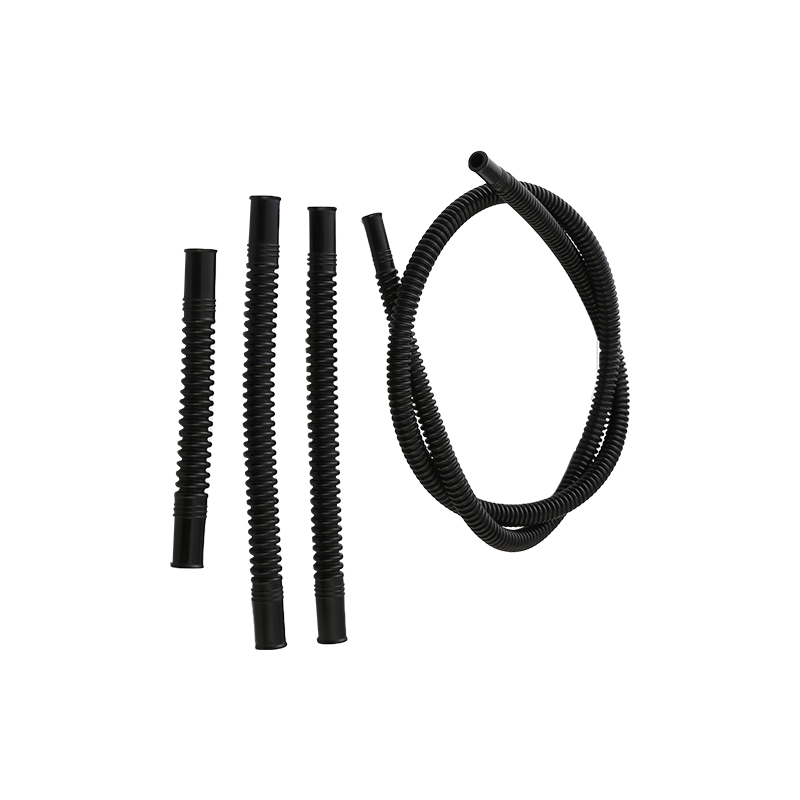Market Forecast Highlights Fuel Line Connector Growth
The global automotive sector is experiencing a significant transformation, and components like automotive fuel pipe fittings and car fuel pipe connectors are at the heart of this evolution. As fuel system designs become more complex and regulatory standards tighten, the demand for advanced, reliable connectors is rising steadily across key global regions.
1. Overview of Market Size and Expected Growth
1.1 A Growing Global Market
Recent research suggests that the global market for fuel line connectors—including both OEM and aftermarket applications—is expected to surpass USD 8 billion by the early 2030s. In 2024 alone, the sector is estimated at USD 5.3 billion, and it continues to grow at a compound annual growth rate (CAGR) of around 6.1%.
This growth reflects increased vehicle production, the expansion of emission-compliant engines, and rising demand for safer, easier-to-maintain fuel delivery systems.
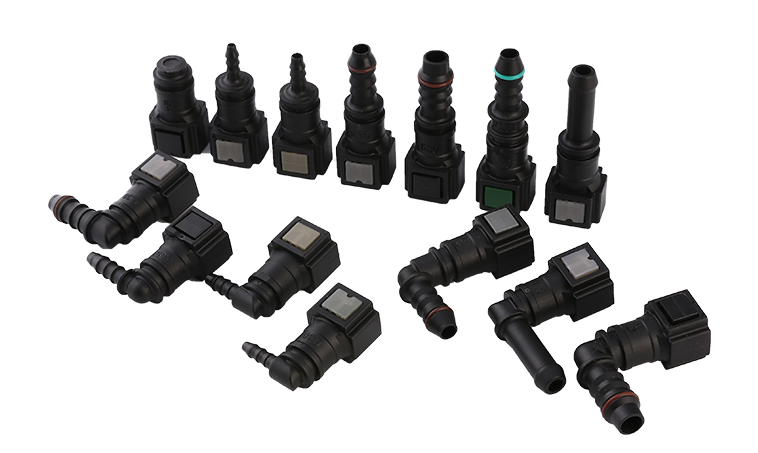
2. Key Factors Driving Demand
2.1 Emissions Regulations and Engine Design
Tighter fuel emission regulations in the U.S., Europe, China, and India are forcing automakers to upgrade their fuel delivery systems. As a result, they are adopting more durable and precise car fuel pipe connectors to prevent vapor leaks and ensure long-term compliance with fuel system standards.
In addition, modern engines—especially turbocharged, direct-injection, and hybrid systems—require more secure and vibration-resistant fittings to maintain performance and safety.
2.2 Shift Toward Easy-Assembly Components
Another factor contributing to market growth is the increasing demand for quick-connect designs that speed up assembly and servicing. Whether in OEM manufacturing lines or aftermarket repairs, these connectors reduce downtime and improve operational efficiency—making them a popular choice among automotive manufacturers and mechanics alike.
3. Regional Market Breakdown
3.1 Asia-Pacific: The Powerhouse
The Asia-Pacific region leads global demand, accounting for nearly 40% of the market. Countries like China, Japan, South Korea, and India are witnessing a surge in automotive production, both for domestic use and export. Local manufacturers are quickly scaling up to produce both basic and high-end fuel connectors that meet international standards.
3.2 North America and Europe: Regulations and Technology
In North America and the EU, environmental policies are the primary growth drivers. Stringent rules around evaporative emissions and recyclability have led to the adoption of upgraded automotive fuel pipe fittings, especially in new vehicle platforms.
4. Segment Analysis: OEM vs. Aftermarket
4.1 OEM Market
The Original Equipment Manufacturer (OEM) sector dominates the connector market, with automakers increasingly integrating modular fuel line assemblies directly into engine platforms. Custom fuel assemblies with pre-installed connectors offer efficiency and consistency during manufacturing.
4.2 Aftermarket Opportunities
The aftermarket is expected to grow as well, particularly for fuel system upgrades, retrofits, and repairs. With a longer lifespan of vehicles in regions like North America and Eastern Europe, mechanics require compatible car fuel pipe connectors that offer easy installation and dependable sealing.
5. Competitive Landscape and Product Strategy
Manufacturers are focusing on:
Diversifying product lines: From basic clip-in connectors to multi-port fuel assemblies
Customization services: Offering connectors tailored to unique fuel system layouts
Geographic expansion: Setting up manufacturing bases closer to high-demand regions
In-house tooling and molding: To maintain quality and speed in development cycles
For example, suppliers with more than 150 customizable connector types can more easily meet OEM or aftermarket needs across vehicle platforms.
Manufacturers that invest in advanced materials, digital design tools, and customizable connector systems will be ideally positioned to succeed in this expanding market. Whether through OEM platforms or aftermarket solutions, the opportunity to grow in this sector has never been clearer.

 English
English
 Español
Español


